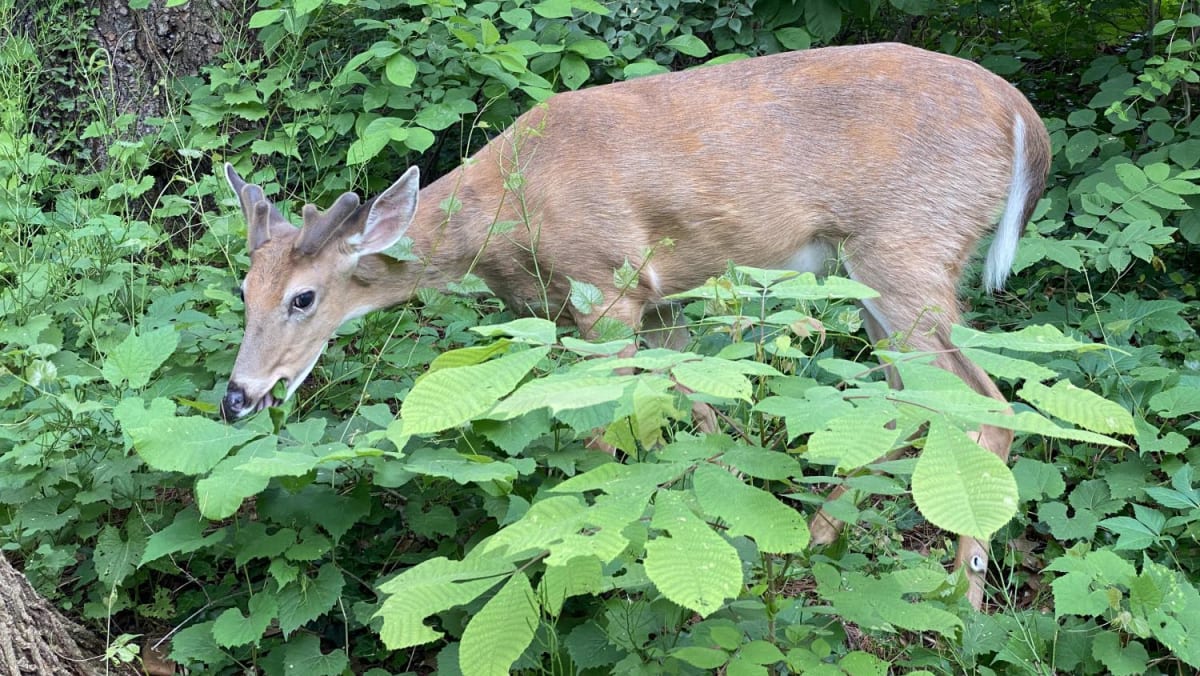
WASHINGTON — To some, they are a magical sight to behold in the heart of the city — to others a pest that eats through their gardens, endangers traffic and helps spread tick-borne diseases.
After nearly being wiped out by rampant deforestation and over-hunting in the 19th century, deer have made a stunning comeback across the United States. Estimates place their numbers at greater than 30 million, much of it along the East Coast.
In Washington, deer threaten the future of Rock Creek Park, a “hidden jewel” stretching across 710ha that offers residents a refuge from daily life in the federal government’s seat of power.
The park’s towering oaks are nothing short of majestic. But it’s not the mature canopy that experts are worried about.
“If this forest were perfectly healthy, we wouldn’t be able to see this far,” National Park Service (NPS) officer Megan Nortrup told AFP, gesturing to a wide-open clearing just off the trail on a late summer day.
Because deer evolved alongside the region’s native plants, they prefer to eat them over non-native invaders like linden viburnum, a garden favourite whose seeds are carried into the park by wind, water and birds.
That’s bad news, because local insect species rely on native plants, and the effects of their loss rise up through food webs, imperilling the wider ecosystem.
GUN-TOTING BIOLOGISTS
In response to the hoofed menace, NPS decided in 2013 to begin annual culls.
These take place in winter, at night, with the park sealed off. Biologists trained in firearms use infrared heat scanners and night vision goggles as they thin out the herds.
In 2020, the programme was extended to other Washington parks managed by NPS.
He had joined the family real estate business out of college, but soon realised he had another calling.
Armed with either a traditional bow or a crossbow, the self-styled “urban deer hunter” spends his days going door-to-door asking neighbours if they would like help with the deer that devour their gardens.
In a suburban environment, says Mr Chamberlin, “You cannot risk anything other than the perfect shot” — you don’t want deer bleeding out in someone’s pool.
Deer are so abundant that the hunting season never ends, and much of the venison from Mr Chamberlin’s kills goes to food banks.
Younger people from the city, wary of the impact of mass farming on their health and the environment, have been reaching out to him through social media to learn how they, too, can hunt.
Taking a life is never easy, said the 38-year-old.
But he added that it connects him to the natural world and gives him a greater appreciation for the meat on his plate. AFP